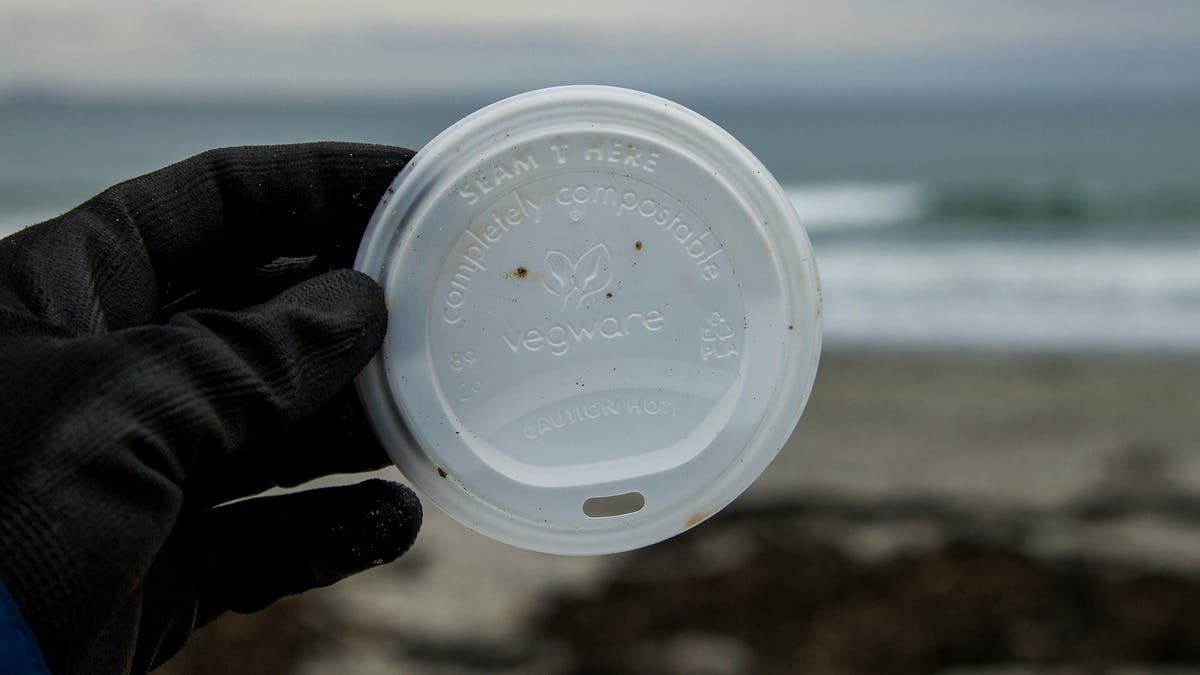It’s no secret that consumers have become more eco-conscious in recent years, leading to an influx of brands creating sustainable products across virtually every industry.
However, the truth is that not all environmental claims are created equal.
After conducting an internet sweep, the Australian Competition and Consumer Commission (ACCC) recently found that a staggering 57 per cent of businesses were making potentially misleading environmental claims, otherwise known as ‘greenwashing’. To combat this, the ACCC has released guidelines to help businesses avoid the questionable practice of greenwashing.
What exactly are the new greenwashing guidelines?
The ACCC has provided clear guidance that brands are encouraged to follow when it comes to communicating their environmental and sustainability practices to consumers.
The report covers eight key areas, including:
- Make sure claims are accurate and truthful
- Have evidence to back up all claims
- Don’t leave out or hide important information
- Explain the conditions and qualifications of your claims
- Avoid broad and unqualified claims
- Don’t be misleading when using visual imagery.
- Use easy-to-understand language.
- Be transparent about your journey to sustainability
While the guidelines are a great step towards encouraging Australian businesses to truly incorporate eco-friendly practices into their brand, it’s important for business owners to know what practical steps they can take to prevent being caught out for making false claims.
Understand the impact of your wider business
Now more than ever, we are seeing an increase in eco-friendly consumer goods, with products marketed as ‘sustainable’ now accounting for a 17 per cent global market value share, up from 3.3 per cent in 2015. While this is a great indication that brands are open to being more environmentally conscious, it’s crucial that we look beyond the product to truly build sustainable brands that the eco-conscious customer can trust.
Intentionally working with suppliers who have sustainable practices in place – such as a policy to repurpose offcut material or only send goods in recyclable packaging – can be hugely impactful and reduce the major waste that often comes from the supply process. If your product does require packaging of some kind, make sure you’re choosing materials that can be recycled or – better yet – repurposed by the customer. For delivery, make sure you’re sending it to them using materials such as hex wrap instead of bubble wrap and using recyclable or biodegradable satchels instead of plastic options.
In cases where the material simply isn’t necessary to the customer experience, it can be best to completely cut it from your process altogether. At CandleXchange, we did this with our marketing collateral, choosing to provide a QR code for customers to learn more about the business and their product rather than providing a brochure in their parcel. This eliminates unnecessary cardboard and paper that would otherwise be recycled.
Transparency is key
To avoid greenwashing, you must be upfront with your customers about the good, the bad, and the ugly when it comes to your environmental targets and sustainability practices. Choosing to only highlight the positive aspects of your product or business can give the impression that your brand has a lower environmental impact than it really does. Failing to talk about your impact at all – also known as green-hushing – can be just as harmful, as it stops your targets from being scrutinised or held accountable for your actions.
While communicating the negative aspects of your journey to sustainability may seem counterintuitive, it can actually help you to build trust with your customers in the long run. Make a point to not only communicate your targets but to explain how you expect to meet them and what this will mean for your product and business. If they can count on you to be open and honest about your process, it shows just how serious you are about building a sustainable business.
Educate your customers
Creating reusable or repurposable packaging is a great step towards sustainability, but the process doesn’t stop once the product is in your customer’s hands. Many brands assume that customers already know how to properly reuse materials, but this isn’t always the case.
Educating consumers on how they can continue sustainable practices at the end of a product’s lifespan is crucial. This can easily be done by social media, email newsletter, blogs, or videos on your website and should include important information on how your packaging can be given a new life. Providing ideas and examples of how this can be done will ensure that customers have all the information they need to make the most sustainable choice, ensuring your products remain as sustainable as possible at all points in their lifecycle.
Going beyond the guidelines
The ACCC guidelines are a great step in the right direction for Australia’s burgeoning eco-conscious brands, but we can’t stop here. By incorporating sustainability at the heart of your brand, you can use it as a driving force to create a truly eco-conscious business model.
For corporate businesses in particular, there are a wealth of great resources available to make your office more sustainable day-to-day. Furnishing your office with second-hand furniture is an impactful way to eliminate the environmental footprint that comes with buying brand-new items.
Similarly, make sure you donate any furniture, computers, printers or phones to community organisations that can reuse or repurpose them so they don’t end up in landfill. It’s also a great idea to make your office a single-use plastic-free space by providing all staff with reusable water bottles and/or coffee cups.
With the ACCC guidelines in place, all eyes will be on Australian businesses to truly walk the walk when it comes to sustainability. By demanding greater clarity and transparency at all levels, we can look forward to brands taking greater accountability when it comes to their environmental impact.
Keep up to date with our stories on LinkedIn, Twitter, Facebook and Instagram.

